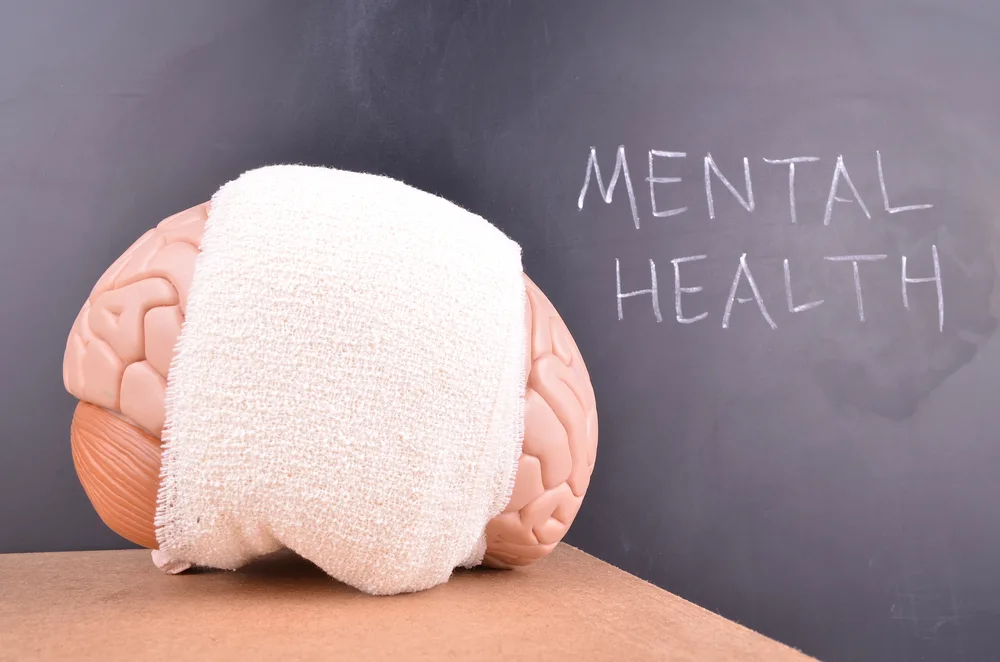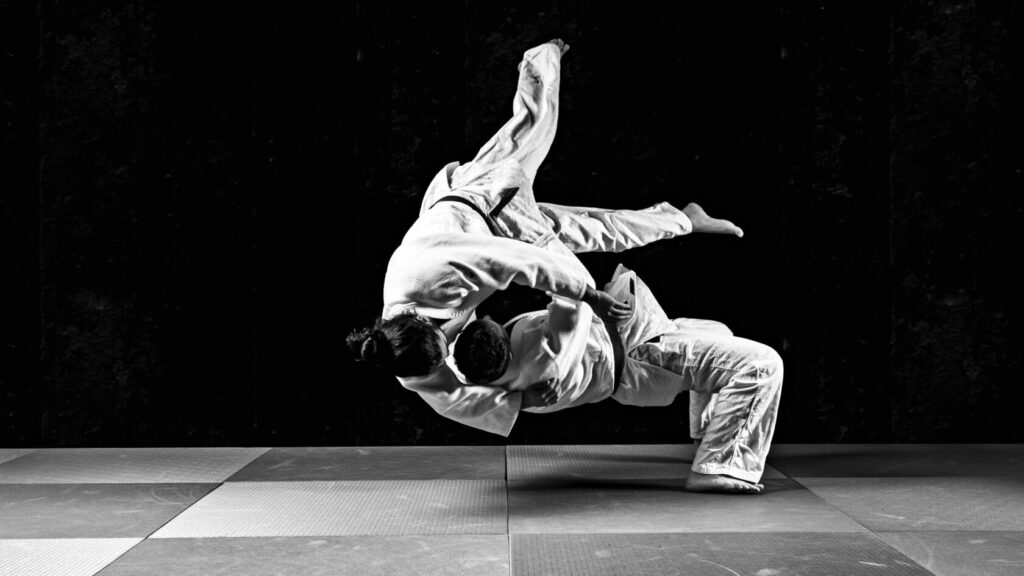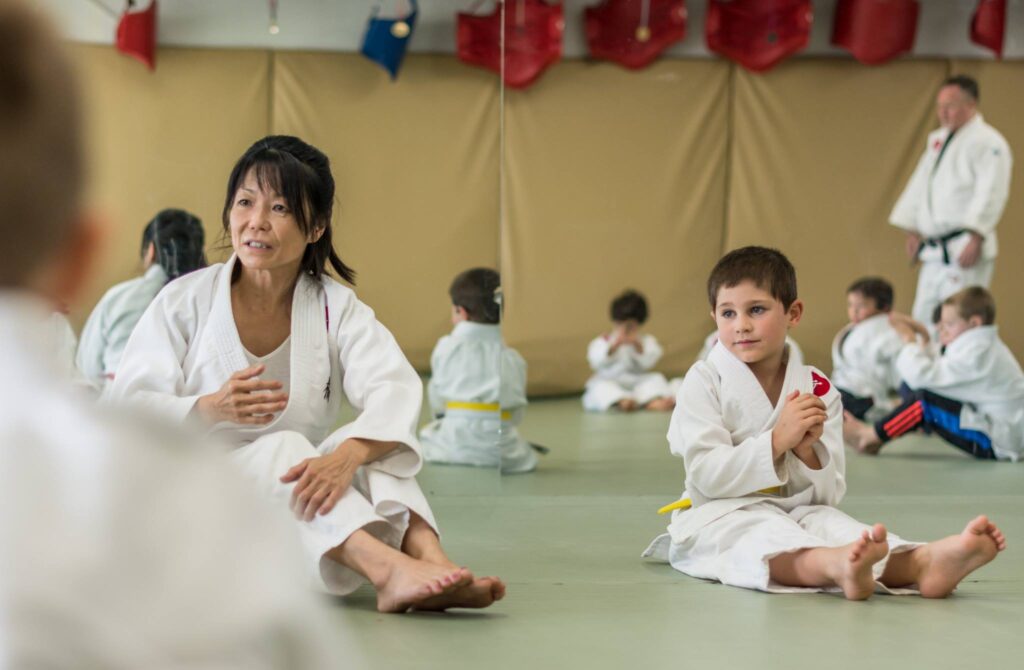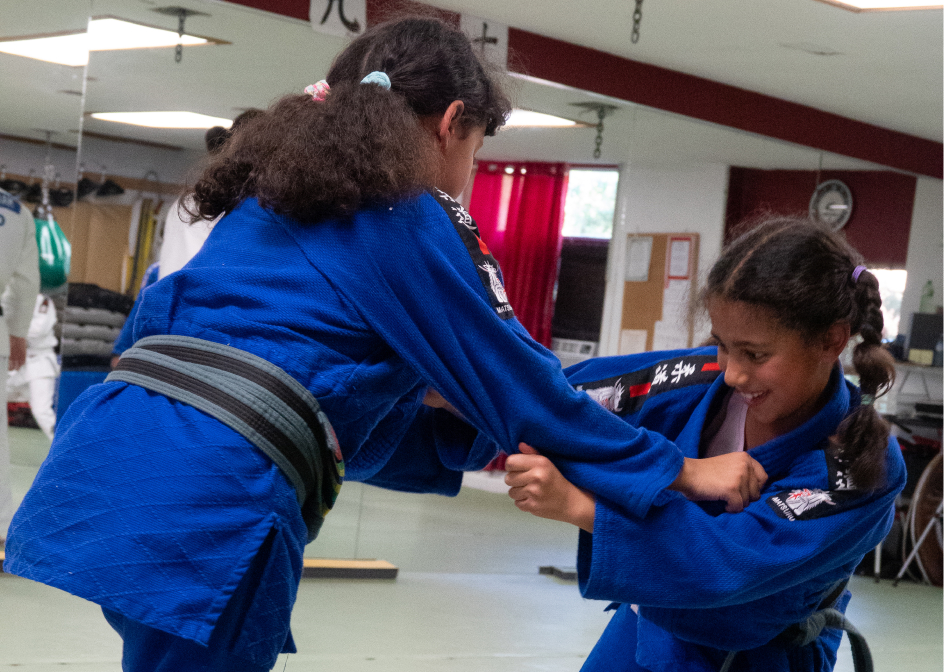The Benefits of Martial Arts for Mental Health
By Tina Takahashi Martial Arts in Ottawa, Ontario In today’s fast-paced world, mental health has become a crucial aspect of our overall well-being. The pressures of work, school, and daily life can take a toll on our mental health, leading to stress, anxiety, and a lack of focus. At Tina Takahashi Martial Arts in Ottawa, Ontario, we believe that martial arts is not only a powerful tool for physical fitness but also an effective way to improve mental health. This blog post will explore how martial arts practice can enhance focus, reduce stress, and contribute to overall mental well-being, making
September 25, 2024






